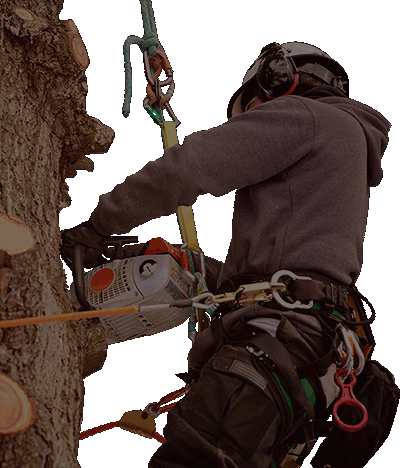
When you planted your new evergreen, you likely imagined it brightening up your snow-covered landscape. While most of your other plants slept, your evergreen would give you that burst of color you so desperately need in colder months!
So, why has your Spartanburg tree already traded in its signature color for dead-looking yellow or brown needles?! That’s not what you signed up for!
Keep reading to learn what’s going on with your evergreen and how to fix it.
Why is my newly planted evergreen turning yellow or brown?
Newly planted Spartanburg trees have a lot to deal with as they adjust to a new home. Even when we give them the best care after planting, they can still get stressed out.
That stress is known as transplant shock—it's when plant roots struggle to adjust after changing their environment. Transplant shock can cause many problems, and yellowing or browning foliage is one of the most common and easy to spot!
Are there other reasons why a newly planted evergreen turns brown?
Transplant shock can make an entire evergreen shift from green to yellow or even brown. But, if you’ve only noticed small parts of your evergreen changing color, that may be normal.
Sometimes, inner evergreen branches turn brown while the outer limbs remain green. This is a normal, healthy part of the growth process. No need to worry if that’s the case!
Is my newly planted evergreen dying if it’s brown or yellow?
Trees suffering from transplant shock are still alive but need a helping hand to regain their health and beauty.
Here are a few ways to help your newly planted evergreen get its groove (and green) back!
As usual, growing a healthy plant is all about having a plant health care plan.
- Even if you water the lawn already, your Spartanburg tree needs its own drink of water! Give your Spartanburg tree about 1-inch of water every week (rainfall counts!) for the first year or two after planting.
- For now, only cut branches off your evergreen if they’re dead or damaged.
- Mulch the Spartanburg tree to help lock in soil moisture. The mulch should be about two inches deep and kept about five inches away from the trunk.
Learn the best way to water your newly planted evergreen tree.
Photo Credit:
Joseph OBrien, USDA Forest Service, Bugwood.org






